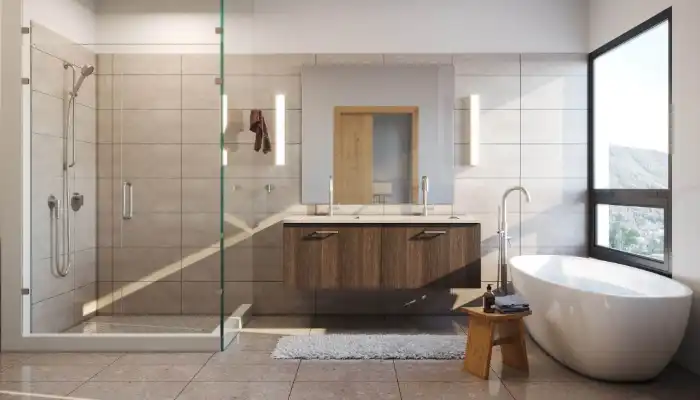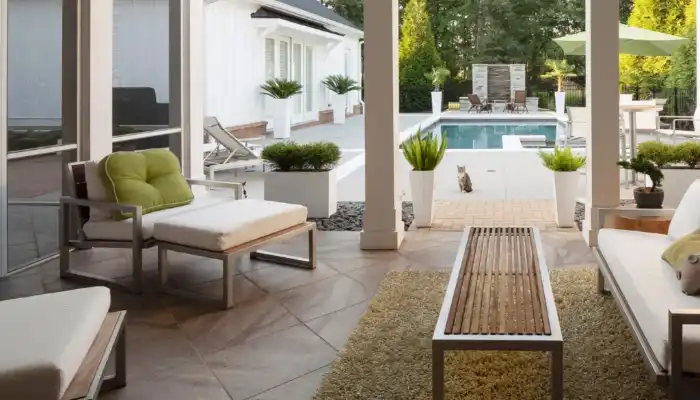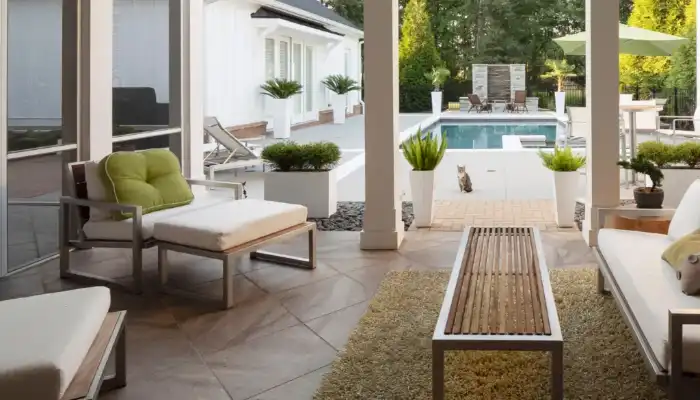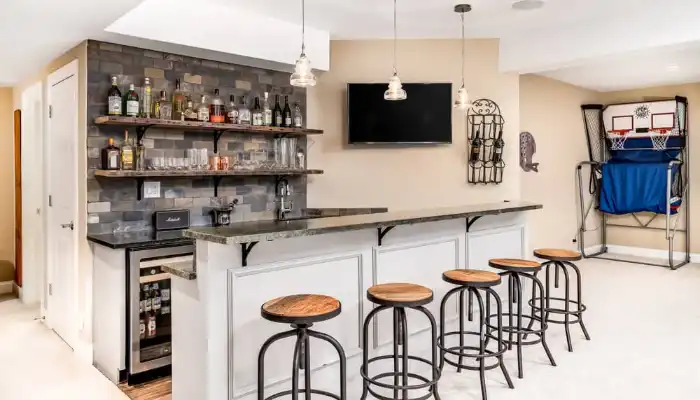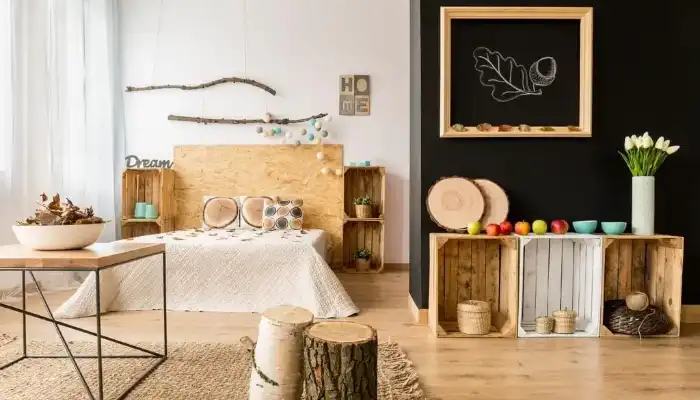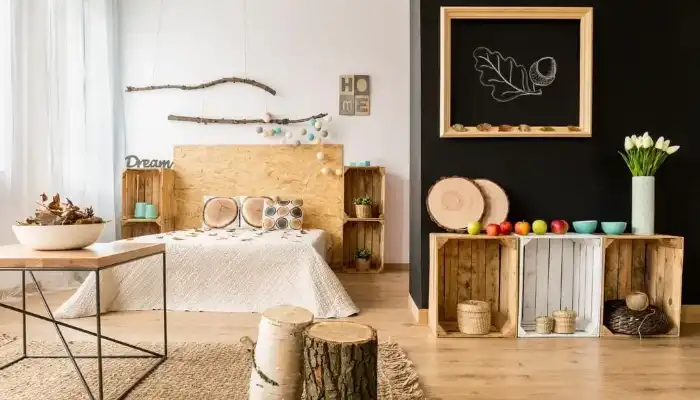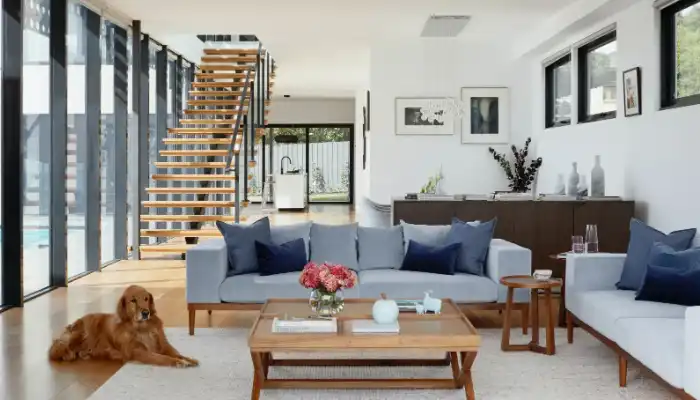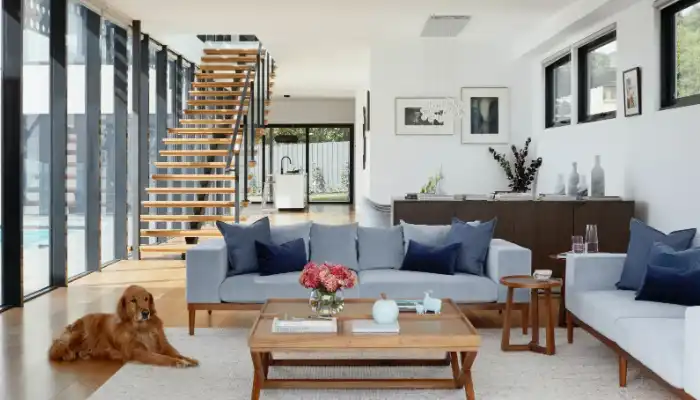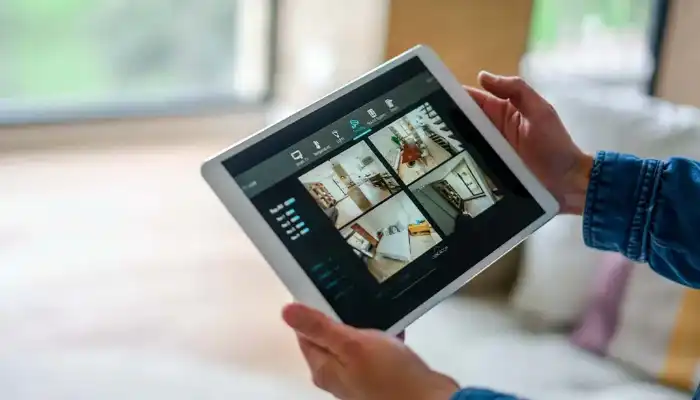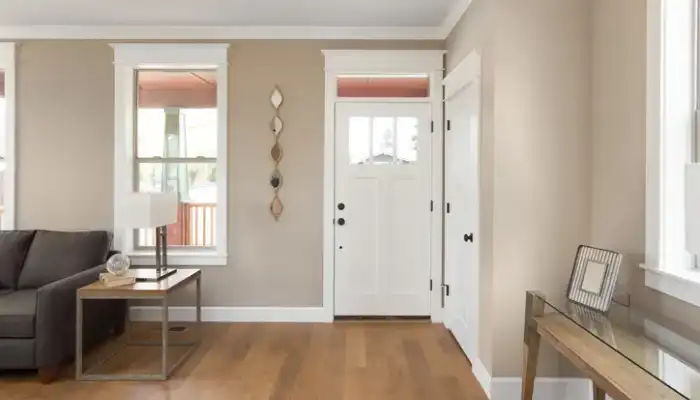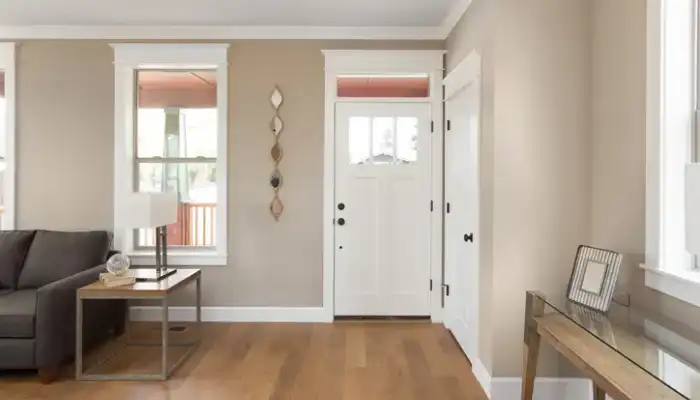In today’s world, self-care is very important due to its fast nature. The bathroom which is often considered a functional space can be turned into a haven for relaxation and stress relief. This guide will provide you with ideas on creating a peaceful bathroom retreat that will turn your routine into something refreshing.
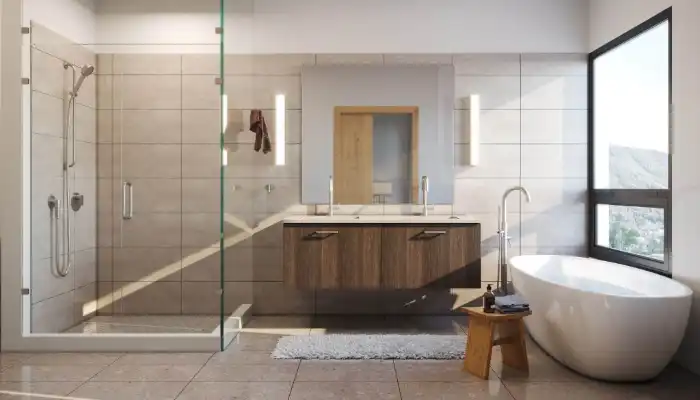
Why A Relaxing Bathroom Matters
Do not just have your bath in the morning but make it an escape from all that has happened during the day or even before bed. The well-thought-out bathroom design creates a peaceful environment that soothes one’s emotions. Just imagine yourself in a warm bath with soft lights and soothing scents; forget about bustling daily life.
The Elements of a Relaxing Bathroom
Some elements are necessary to make every truly relaxing bathroom experience come true. These aspects are further discussed within this guide to enable one to develop his/her viewpoint while customizing their own space
- Color Palette: Our moods depend on the colors we see significantly. Use the right color scheme to create a relaxed atmosphere within your toilet.
- Natural Elements: As soon as nature enters, the calmness overfloweth.
- Lighting: Lighting should be placed strategically for a mood-setting and spa-like feel.
- Spa-Inspired Touches: Many fancy additions that add value to your stay in your lavatory must be accorded much importance.
Choosing a Soothing Color Palette
Emotionally, colors have effects on us. Therefore when designing such kind of washrooms, it is important to go for hues capable of promoting comfortableness and tranquility
- Neutral Colors: Neutrals like beige, cream, and light gray create a sense of peace and tranquility in them. They work as blank canvases that may have pop-up touches from towels, artworks/decorations, etc made on them.
- Blue and Green: These colors have a calming effect due to their cool tones which are reminiscent of nature. While light blues bring about peace, darker greens create grounding and harmony.
- Lavender: This is an extremely soothing color associated with relaxation and stress relief.
Remember: When selecting the color scheme, take into account your likes/dislikes and how they will interact with other bathroom components such as tiles or countertops.
Incorporating Natural Elements
Nature has profound healing properties. By bringing outdoors inside, you increase calmness in your bathroom space.
- Plants: So, not only do live plants breathe life into your bathroom but they also function as practical air purifiers. There are some low-light plants that thrive in humid conditions like snake plants, ferns, or peace lilies.
- Wood Accents: The use of colors of natural wood brings warmth and organic texture to the room. You can have wood shelves built in, teak shower benches, or bamboo bath rugs laid out.
- Natural Light: Make windows clean and free from clutter for maximum natural lighting. In case there is limited natural light available a skylight may make all the difference.
Optimizing Lighting
Just like colors do, lighting plays a big role in creating an atmosphere for relaxation within a room. Overhead lights should never be too strong.
- Layered Lighting: Layer lighting by combining different sources. Have dimmers for the main overhead light, sconces installed on each side of your mirror as task lighting, and LED candles strategically placed to provide a warm spa-like feel.
- Warm Lighting: People usually avoid cool white lights because they can give the house a cold look.
Creating a Spa-Like Atmosphere
Give your bathroom an upscale feel with these luxurious touches from high-end spas.
- Heated Towel Warmers: Just think about stepping out of the shower and grabbing a towel that is warm and cozy. Heated towel warmers are a touch of luxury that helps in relaxation too.
- Freestanding Bathtub: If you have been dreaming of turning your bathroom into this amazing spa, then consider fitting it out with a freestanding bathtub. Relax in style with stress melting away.
- Rainfall Showerhead: Change your showerhead to rainfall style to get immersed and relaxed during showers.
Budget-Friendly Spa Inspiration
Making your bathroom look like a sanctuary does not necessarily entail spending huge sums; below are some inexpensive options:
- Candles: Why to spend much money when you can create a therapeutic environment at home by buying scented candles having relaxing essential oils such as lavender or chamomile?
- Bath Salts and Essential Oils: Have lavish bath times by either using homemade bath salts or dropping some essential oil into the water as you bathe.
- Dimmers and Lamps: Get rid of harsh bulbs by using LED alternatives with softer finishes while inserting dimmer switches into existing light fittings for endless scenarios including super bright over-the-mirror glows for task lighting or soft ambiances appropriate for bubble bat.
In short, here’s what breaks down this budget-friendly approach:
- Dimmer Switches: These can be quite reasonable, particularly if you do some of the work yourself (but remember not to forget to turn off the power at the breaker box before working on electrical wiring). Your bathroom lights can be dimmed with these so that the intensity of light changes depending on occasion/mood.
- Warm White LED Bulbs: LED bulbs are more energy efficient and last much longer compared to traditional incandescent bulbs. Opt for “warm white” or “soft white” instead of cool white options. A warmer temperature color makes a room more relaxing and inviting.
This is how bathrooms can be turned into an instrument of relaxation without spending too much money on it.
The Finishing Touches
No spa experience is complete without careful touches that elevate all five senses. Here are some ideas for personalizing your bathroom retreat:
- Soft Linens: For a luxurious feel, splurge on thick towels, bath mats, and shower curtains made from soft absorbent materials such as microfiber or waffle weave.
- Aromatherapy: In the bathroom, diffuse calming essential oils like lavender, chamomile, or sandalwood; alternatively place scented sachets filled with dried lavender or other calming herbs near the sink or bathtub.
- Soothing Sounds: Make The Spa Experience Complete With Calming Music Or Nature Sounds. Consider placing a waterproof Bluetooth speaker in your bathroom to create the perfect soundtrack for relaxation.
Conclusion
These hints being included will make your bathroom more than just a place of necessity but a place to relax and find peace. By using soft shades, natural textures, intelligent lighting, and adding bits of the spa into it you can cause it to change to one that emanates health and tranquility in night hours. Nevertheless, you shouldn’t be worried that everything should go away for you to have a relaxing bathroom. The small things do count. Just light some candles; play some mellow tunes then you’re on the way to having an in-house spa!
